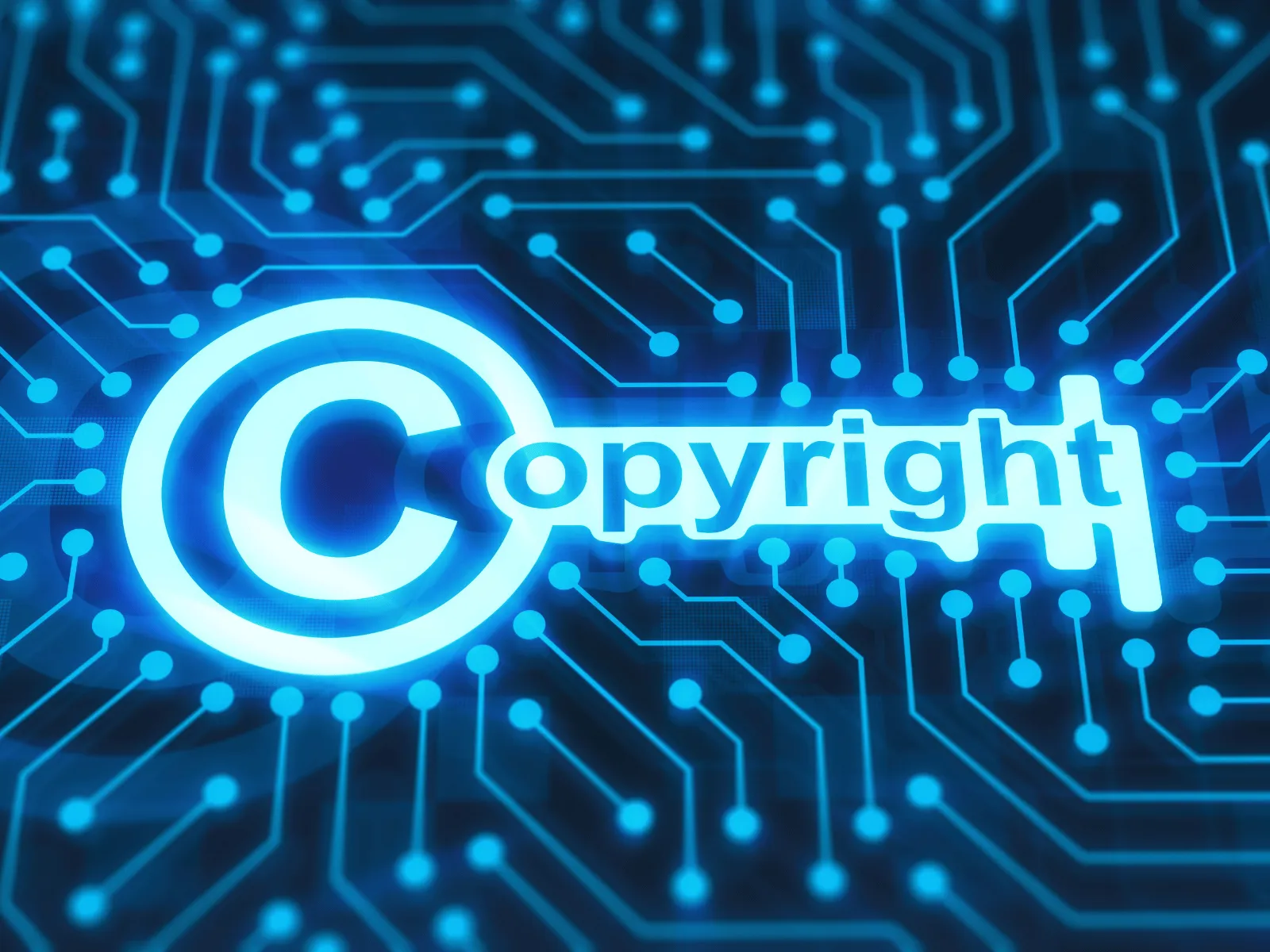
Introduction
In Indian academia, publishing a book involves more than writing and printing; it requires attention to formal recognition, rights, and credibility. Two key elements in this process are the International Standard Book Number (ISBN) and copyright registration. While the ISBN ensures discoverability and traceability, copyright protects the intellectual property of the author. Understanding how these two systems work together is crucial for faculty members, PhD students, and independent researchers who aim to establish a credible academic profile and safeguard their work.
In private universities and research institutions across India, publications contribute to API scoring, NAAC documentation, and faculty appraisals. Yet, many emerging scholars overlook the combined role of ISBN and copyright, treating them as separate or optional. In reality, they complement each other: ISBN validates the book’s existence in the academic ecosystem, while copyright secures the author’s ownership and legal rights.
The Role of ISBN in Academic Publishing
The ISBN is a unique identifier assigned to each edition and format of a book, including hardcover, paperback, digital, or regional language versions. In India, the Raja Rammohun Roy National Agency under the Ministry of Education issues ISBNs to individuals and institutions. This number allows libraries, global databases, and cataloging systems to index the publication accurately.
For Indian faculty and PhD students, ISBN-tagged books are more than catalog entries. They provide verifiable proof of publication, ensuring recognition in institutional records, API scoring, and promotion evaluations. Books without ISBNs may circulate informally but are often overlooked during appraisal or accreditation processes. Furthermore, separate ISBNs for each edition or format help avoid confusion in citations, ensuring that the correct version is referenced in future research.
The Function of Copyright
Copyright, on the other hand, legally protects the author’s intellectual property, granting exclusive rights to reproduce, distribute, adapt, or publicly display the work. In India, copyright registration is handled by the Copyright Office under the Ministry of Commerce and Industry. Although registration is not mandatory for protection—copyright exists from the moment of creation—it provides legal documentation that strengthens the author’s claim in case of disputes.
Copyright ensures that the ideas, analyses, and original contributions contained in the book remain legally attributed to the author. For faculty publishing research monographs, edited volumes, or interdisciplinary works, this protection is essential. It prevents unauthorized reproduction, misuse, or commercial exploitation of the work, which could undermine both the author’s credibility and institutional standing.
How ISBN and Copyright Work Together
While ISBN and copyright serve different functions, they complement each other in academic publishing. The ISBN ensures that the book is recognized, indexed, and discoverable across libraries, online catalogs, and global databases. Copyright secures ownership and provides legal protection against infringement. Together, they allow authors to both share and safeguard their scholarly output effectively.
For Indian academics, this combination is particularly valuable. A faculty member submitting a book for API scoring or NAAC documentation can demonstrate that the publication is officially registered (via ISBN) and legally protected (via copyright). PhD students applying for scholarships, conference presentations, or doctoral admissions benefit similarly: their work is verifiable and secure, enhancing credibility in academic evaluations.
Practical Steps for Authors
To leverage ISBN and copyright effectively, Indian authors should follow these steps:
- Apply for a unique ISBN for each edition and format before publication.
- Submit accurate metadata to libraries, indexing platforms, and global databases.
- Register the copyright with the Indian Copyright Office, providing details such as author name, title, year of creation, and publisher.
- Maintain records of ISBNs and copyright certificates for institutional reporting, NAAC documentation, and API scoring.
- Monitor global catalogs and indexing platforms to ensure correct listing of ISBN-based publications.
These steps ensure that the book is both discoverable and legally protected, providing dual benefits for academic visibility and intellectual property security.
Implications for Indian Academia
In private universities and research-focused institutions, the integration of ISBN and copyright enhances both individual and institutional credibility. Books with ISBNs are recognized in national and international databases, while copyright registration assures evaluators and peers that the work is legally protected. Together, they strengthen academic profiles, support faculty promotions, and encourage research-oriented publishing culture.
Moreover, this combination signals professionalism and academic rigor to colleagues, students, and funding agencies. Institutions can showcase faculty publications with verified ISBNs and copyrights as evidence of consistent research output, which contributes to NAAC assessments, accreditation reports, and overall academic reputation.
Conclusion
ISBN and copyright are not redundant; they are complementary pillars of academic publishing. For Indian faculty, PhD students, and private universities, ISBN ensures visibility, discoverability, and recognition in academic networks, while copyright protects intellectual ownership and prevents misuse. Together, they provide a robust framework that legitimizes research-oriented publications, supports professional advancement, and safeguards the author’s scholarly contribution. By applying for both, authors ensure that their work is not only seen and cited but also respected and protected, creating a secure foundation for academic credibility and long-term impact.
